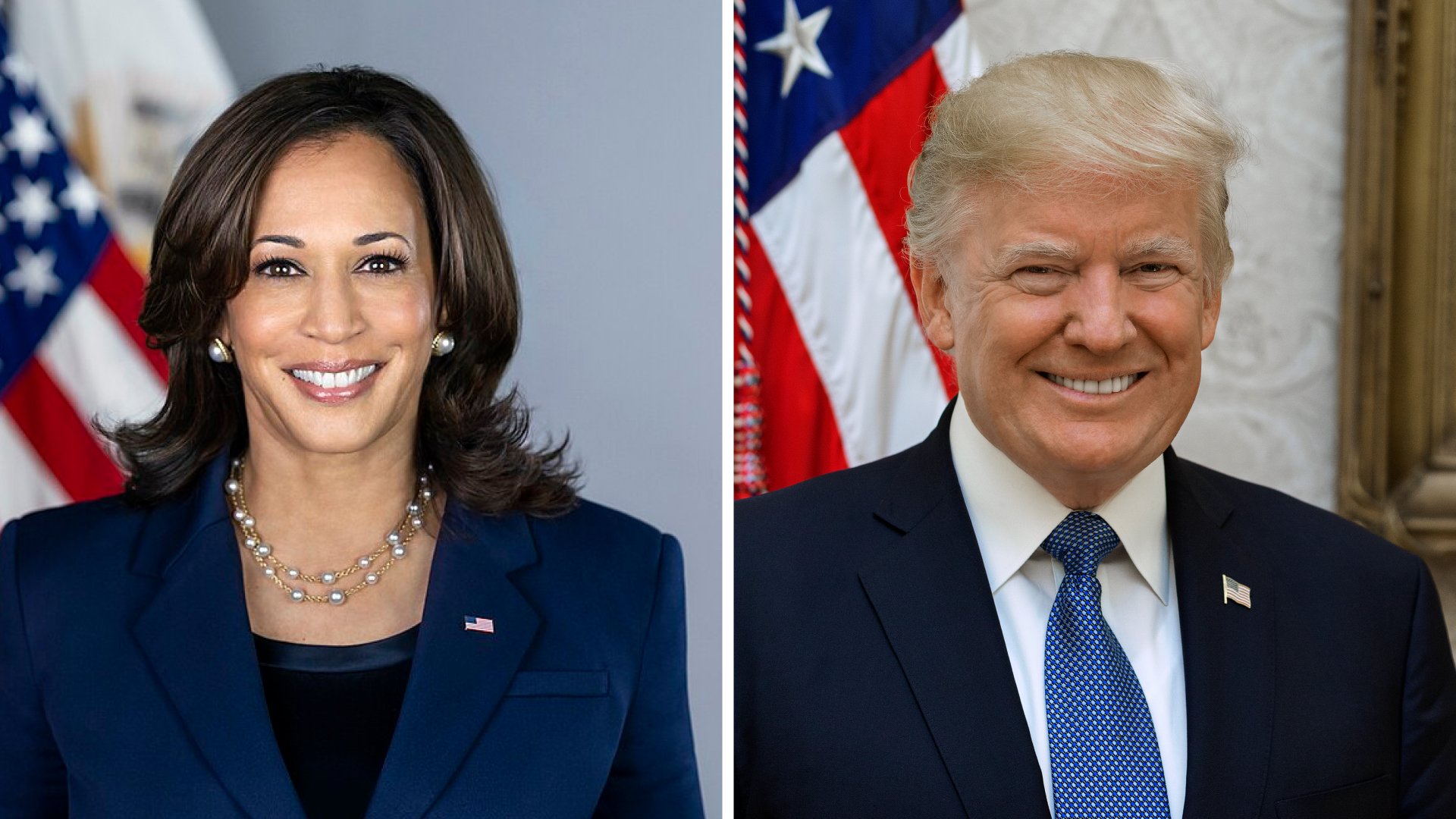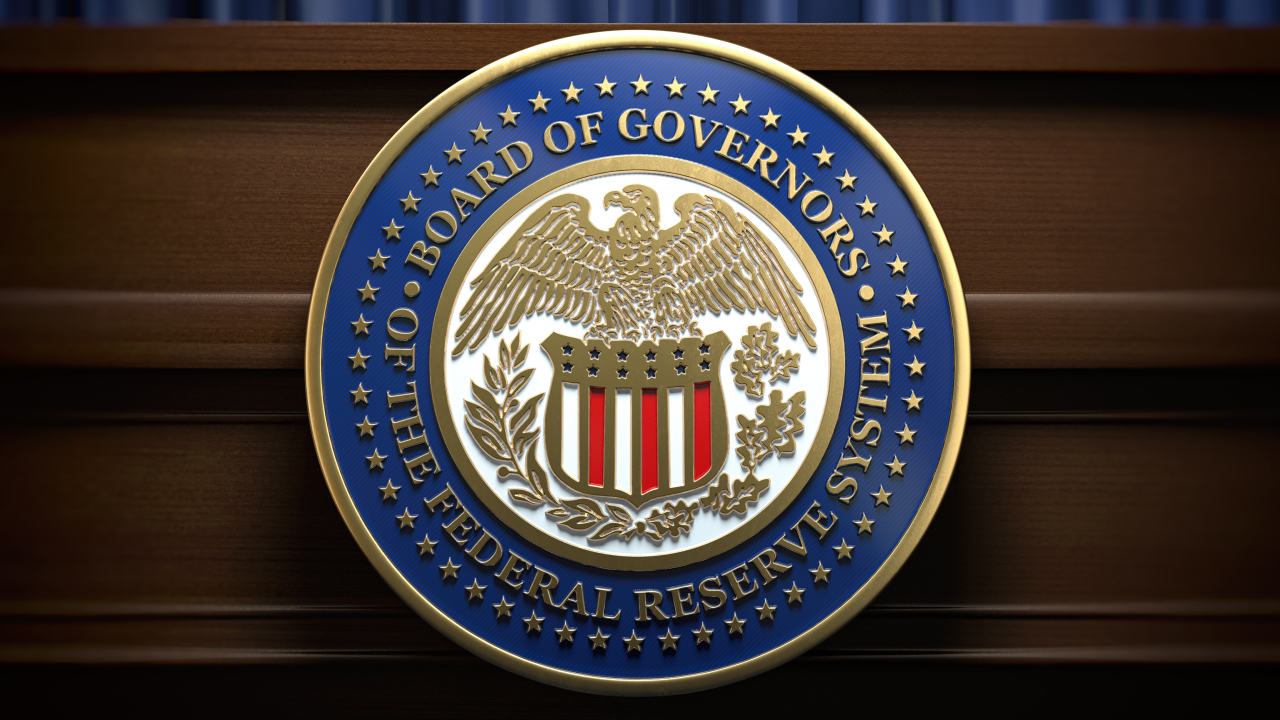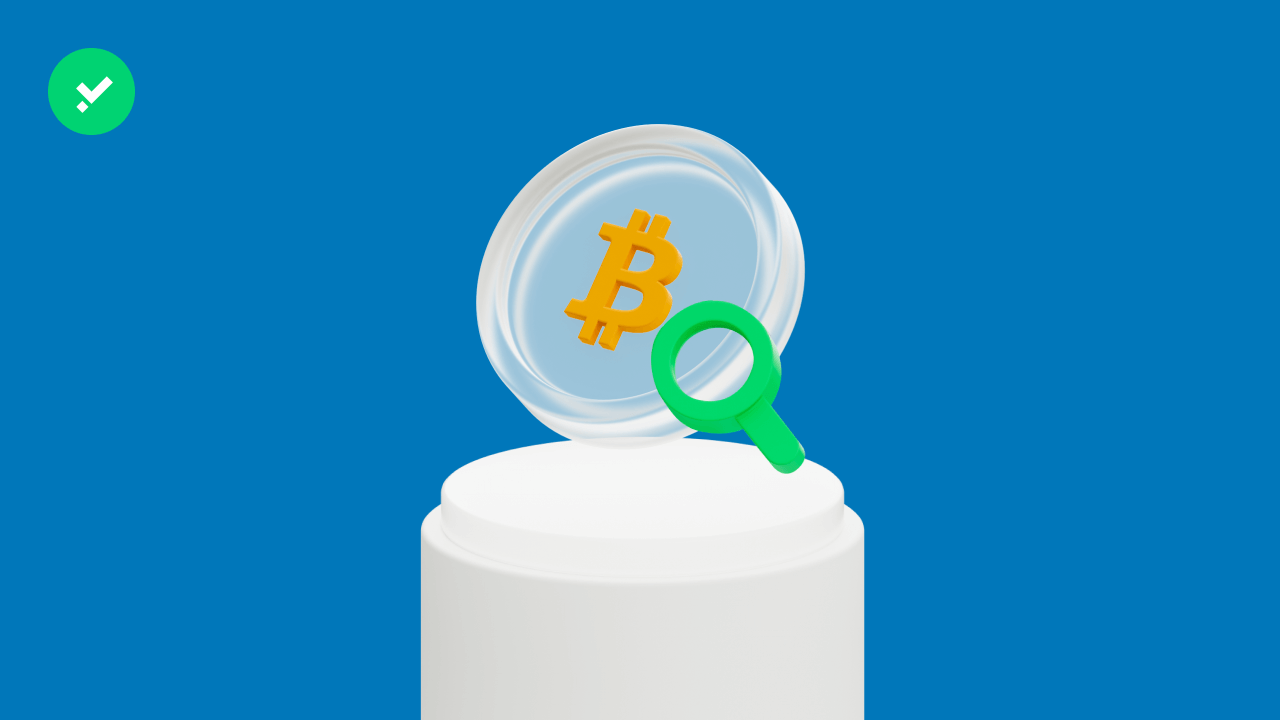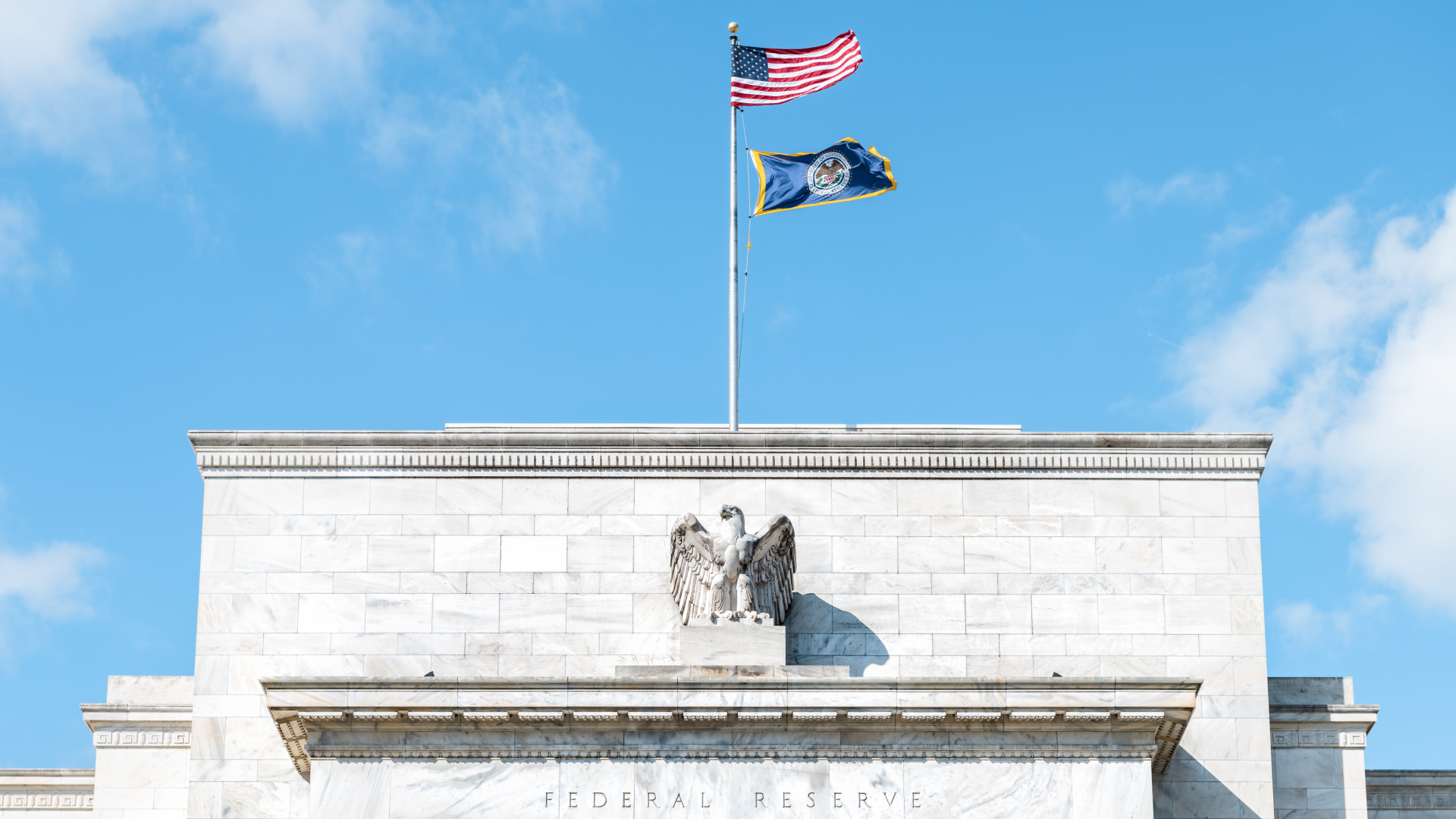Discover the ranking of the poorest countries in the world for 2024 based on GDP per capita. Explore the challenges and conditions these nations face.
One of the most common metrics used to examine the poorest countries in the world is GDP (Gross Domestic Product) per capita. This figure represents the average economic output per person in a given country and is a crucial indicator of financial health.
A low GDP per capita often correlates with challenging living conditions characterised by fragile economies, high unemployment rates, and inadequate infrastructure. Moreover, these nations frequently grapple with internal conflicts and political instability, further hindering their development.
However, GDP per capita alone does not fully capture the economic well-being of a country’s citizens, as it overlooks disparities in the cost of living. GDP, combined with issues such as low education levels, endemic diseases, and limited access to healthcare, these factors create environments where economic development is nearly impossible, leading to harsh living conditions. Below, we delve into the poorest countries in the world as of 2024 and the primary issues they face.
You might be interested in The Richest Countries in the World
The poorest countries in the world: 2024 ranking
Per stimare quali sono i paesi più poveri del mondo di solito ci si basa sui dati forniti dal Fondo Monetario Internazionale (FMI).
Nella maggior parte degli stati che trovi in questo articolo è molto difficile accedere ai servizi finanziari, anche a quelli standard come l’apertura di un conto bancario. Per questo motivo sono sempre di più i cittadini che si affidano a Bitcoin o ad altre criptovalute. Questa tecnologia coincide con un modo nuovo, e per molti l’unico, di gestire il proprio denaro e salutare per sempre lo status di unbanked. Se ti interessa questo tema e vuoi saperne di più puoi scaricare la nostra app.
The following ranking of the poorest countries is based on data from the International Monetary Fund (IMF). In many of these countries, access to essential financial services is minimal, with many citizens turning to cryptocurrencies like Bitcoin as a new way to manage their money, often as their only viable option.
This technology represents a new, and for many, the only way to manage their money and say goodbye to being unbanked. Suppose you’re interested in the opportunities cryptocurrencies offer as cross-border funds independent of governments or banks. In that case, you can buy, sell, and send cryptocurrencies on Young Platform, a leading European platform.
Sign up for free at Young Platform
1. Sudan del Sud
GDP per Capita: ~$450
South Sudan, the world’s poorest country, gained independence in 2011 but has been plagued by civil conflicts that have hindered economic and social development. Despite its vast oil reserves, South Sudan suffers from the “resource curse,” where wealth in natural resources leads to corruption, division, and conflict instead of prosperity.
2. Burundi
GDP per Capita: ~$900
Unlike South Sudan, Burundi lacks significant natural resources. The civil war that ended in 2005 left the country in dire straits, with most of its population dependent on subsistence agriculture. Less than 5% of the population has access to electricity, and inflation (an average of 14%, but it touched 30% in 2023) remains a significant issue, contributing to the erosion of living standards.
3. Central African Republic (CAR)
GDP per Capita: ~$500
The CAR is rich in natural resources like gold, oil, uranium, and diamonds, yet its people remain among the poorest globally. Since its first democratic election in 2016, the country has seen some growth, driven by timber, agriculture, and the diamond trade. However, much of the nation remains under the control of armed groups, hindering development. Growth in recent years has shown a moderate recovery, driven by the lumber industry, recovery in the agricultural sector, and partial recovery in the diamond trade.
4. Democratic Republic of Congo (DRC)
GDP per Capita: ~$1,500
Since gaining independence from Belgium in 1960, the DRC has experienced political instability and violence. Despite its vast mineral wealth and potential to become one of Africa’s wealthiest countries, about 65% of the population lives on less than $2.15 a day. The country has a population of 100 million, with the average per capita income hovering around $1,500 annually. However, according to the World Bank, the DRC has the resources and potential to become one of Africa’s richest countries and a growth engine for the entire continent. It is currently the world’s largest producer of cobalt and the leading copper exporter in Africa, two essential elements for the electric vehicle market.
5. Mozambique
GDP per Capita: ~$1,200
While rich in resources and strategically located, Mozambique continues to face poverty due to political instability and adverse climatic conditions. Despite these challenges, the IMF projects strong economic growth driven by the energy sector. To make matters worse, the gas-rich northern part of the country has been hit by attacks by Islamic insurgent groups since 2017. Despite this, according to the IMF, the economy remains booming: it is projected to grow by 5% in 2024 and 2025, with prospects for double-digit growth in the second half of the 2020s.
6. Niger
GDP per Capita: ~$500
Niger is heavily threatened by desertification, with 80% of its territory covered by the Sahara Desert. The rapid population growth outpaces agricultural production, worsening food insecurity. Additionally, ongoing conflicts with Boko Haram exacerbate the nation’s instability.
In 2021, with the election of the new president Mohamed Bazoum, a former teacher and interior minister, Niger experienced its first democratic transition of power and seemed poised for significant change. However, in the summer of 2023, Bazoum was captured by some members of his presidential guard, and since then, a military junta has ruled the country.
7. Malawi
GDP per Capita: ~$600
Malawi is seventh on the list of the poorest countries in the world. Its economy, heavily dependent on agriculture, is vulnerable to climate change and food insecurity. The government faces a severe economic crisis marked by fuel shortages, rising food prices, and currency devaluation.
8. Liberia
GDP per Capita: ~$600
Liberia, Africa’s oldest republic, has been among the world’s poorest nations for years. However, Joseph Boakai’s election in 2023 offers some hope for economic recovery, with growth projected to reach 5.3% in 2024.
9. Madagascar
GDP per Capita: ~$450
Since gaining independence from France in 1960, Madagascar has experienced political instability, contested elections, and slow economic growth. Despite high poverty rates and an inflation rate of nearly 8%, the current government under Andry Rajoelina, reelected in 2023, continues to struggle with widespread poverty.
How limited mobility hinders economic growth in Africa’s poorest countries
Limited mobility has a profound impact on economic growth, particularly for African countries that already struggle with poverty. According to research by Prof. Mehari Taddele Maru, African nations top the list of Schengen visa rejections, with around 30% of African applicants being denied compared to just 10% worldwide.
This stark disparity highlights how restricted access to international travel further marginalizes the poorest countries, making it harder for individuals to seek better opportunities, engage in global trade, or even gain exposure to new skills and ideas.
The high rejection rates are particularly pronounced in the poorest African countries, creating a vicious cycle where limited mobility exacerbates economic stagnation. With the ability to move freely, these nations can overcome significant barriers to growth, as their citizens can participate in the global economy, seek education abroad, or build international business connections.
You might be interested in The Most Powerful Passport: 2024 Global Rankings.
Conclusion
The ranking of the poorest countries in the world highlights the severe economic challenges many nations face. However, despite these difficulties, there is potential for future growth in these countries, with natural and human resources that, if properly harnessed, could significantly improve living conditions. Stay tuned for more insights if you’re interested in learning more about these countries’ global economic challenges and development efforts.

Sign up to Young Platform















